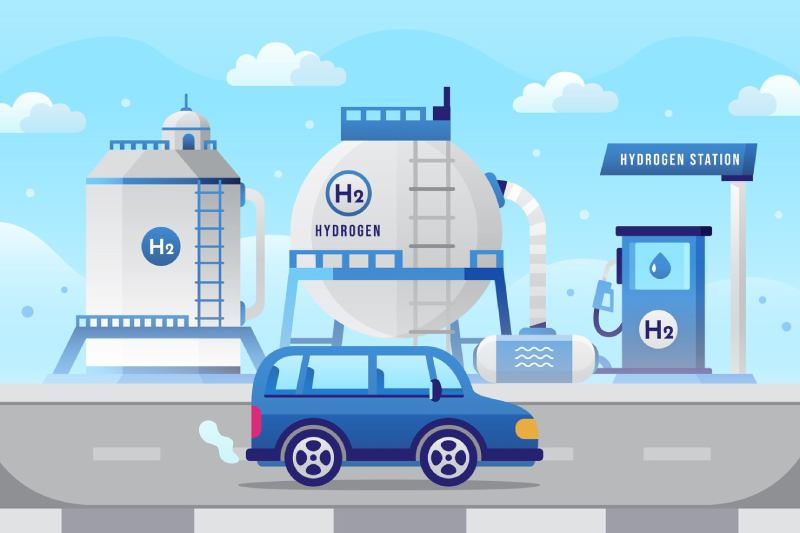Armenia, a landlocked country in the South Caucasus, spans around 29,740 km² and has a population of roughly 2.9 million. Its economy is modestly diversified, with energy and mining supplemented by growing industries. As of 2024, Armenia’s power system has a capacity of about 3.9 GW, primarily driven by nuclear (40 percent) and hydropower (≈30 percent), with renewables like solar and wind making up the remainder. [1]Electricity consumption per capita has decreased recently to around 3,000 kWh, reflecting efficiency gains and changing demand patterns.
Looking ahead, Armenia plans large-scale expansion of renewables: an additional 50 MW of small hydro, 141 MW of large hydro, 500 MW of wind, and 950 MW of solar PV are expected by 2036[2]—raising renewable energy’s share to 66 percent. This ongoing transition lays the groundwork for green hydrogen, which offers Armenia a pathway to decarbonize hard-to-reach sectors, support energy export potential, and enhance energy independence in line with EU4Energy objectives.
Armenia’s nascent hydrogen ecosystem is gaining attention as a strategic tool for industrial decarbonization and regional cooperation. According to IRENA, green hydrogen is seen as a key enabler supporting both energy security and climate goals across the South Caucasus.[1]
Armenia’s energy profile shows major low-carbon infrastructure: the Metsamor nuclear plant, Sevan–Hrazdan and Vorotan hydropower cascades, and nearly 500 MW of solar PV installed by 2023 . Combined with approximately 8 MW of wind and geothermal exploration plans, Armenia possesses a credible foundation for transitioning to electrolysis-based hydrogen production.[2]
Armenia has not yet formalized a dedicated hydrogen strategy.

Armenia’s robust low-carbon energy infrastructure provides a strong platform:
No electrolyser installations are yet present.
Armenia is currently in the pre-feasibility stage for green hydrogen projects: